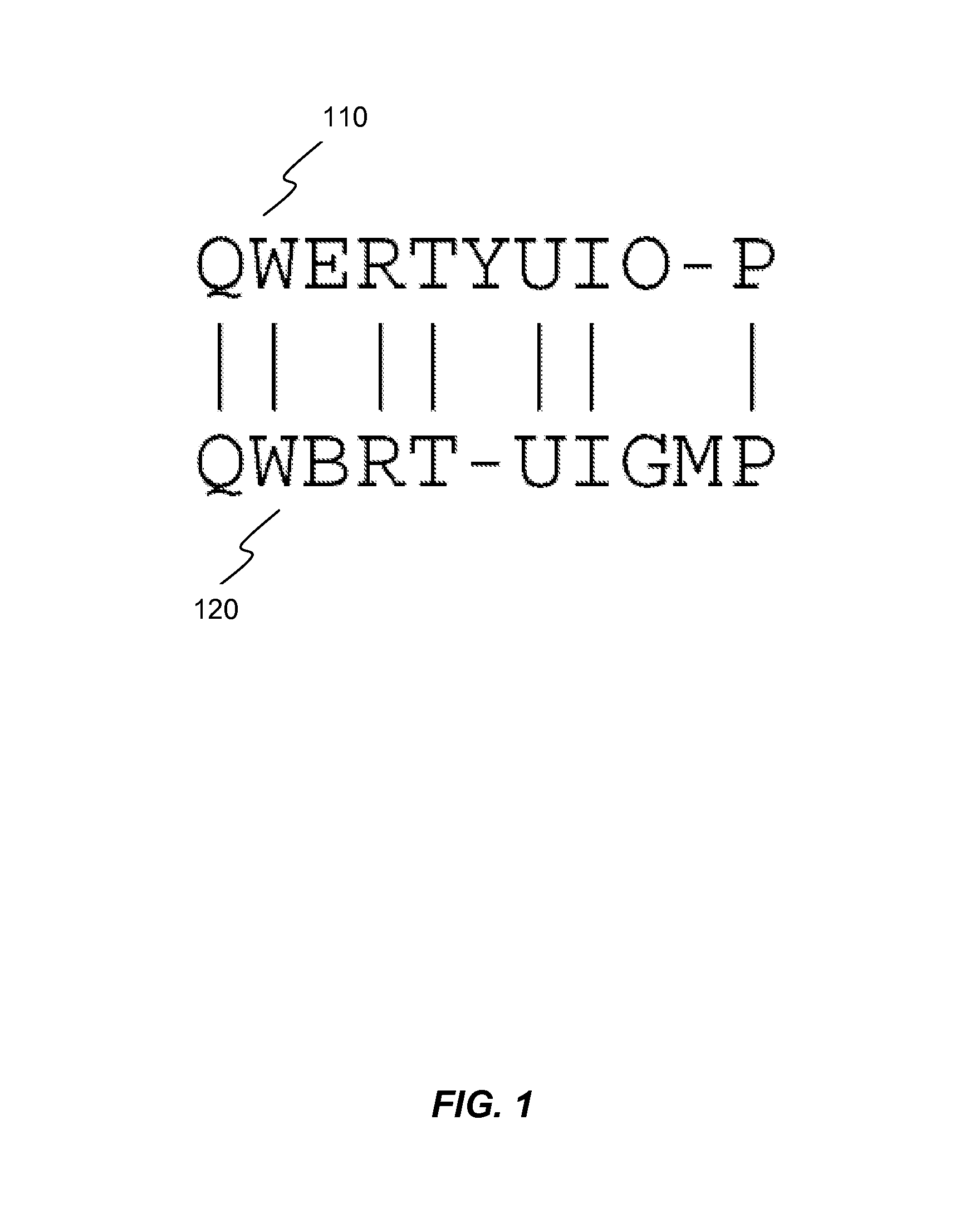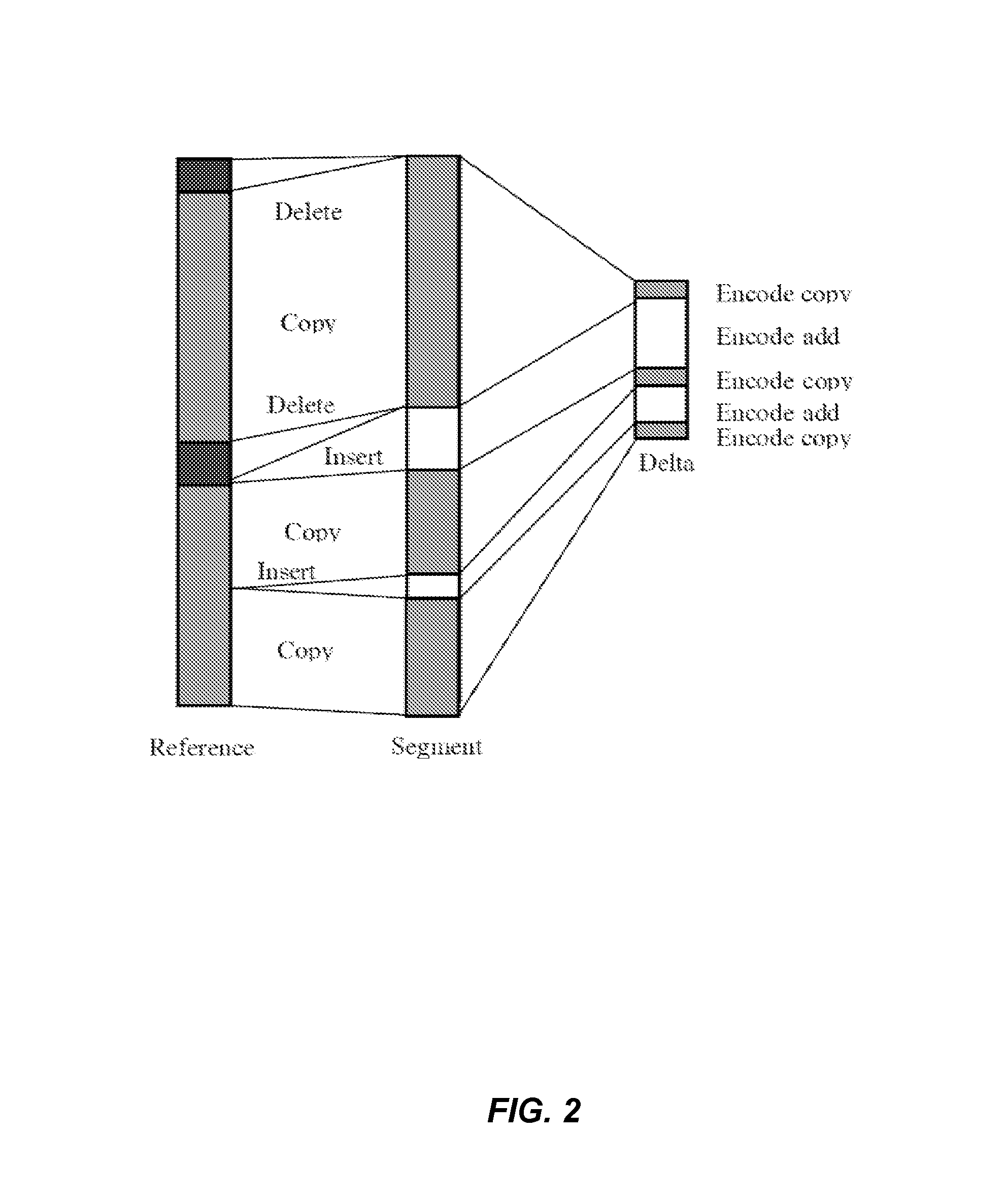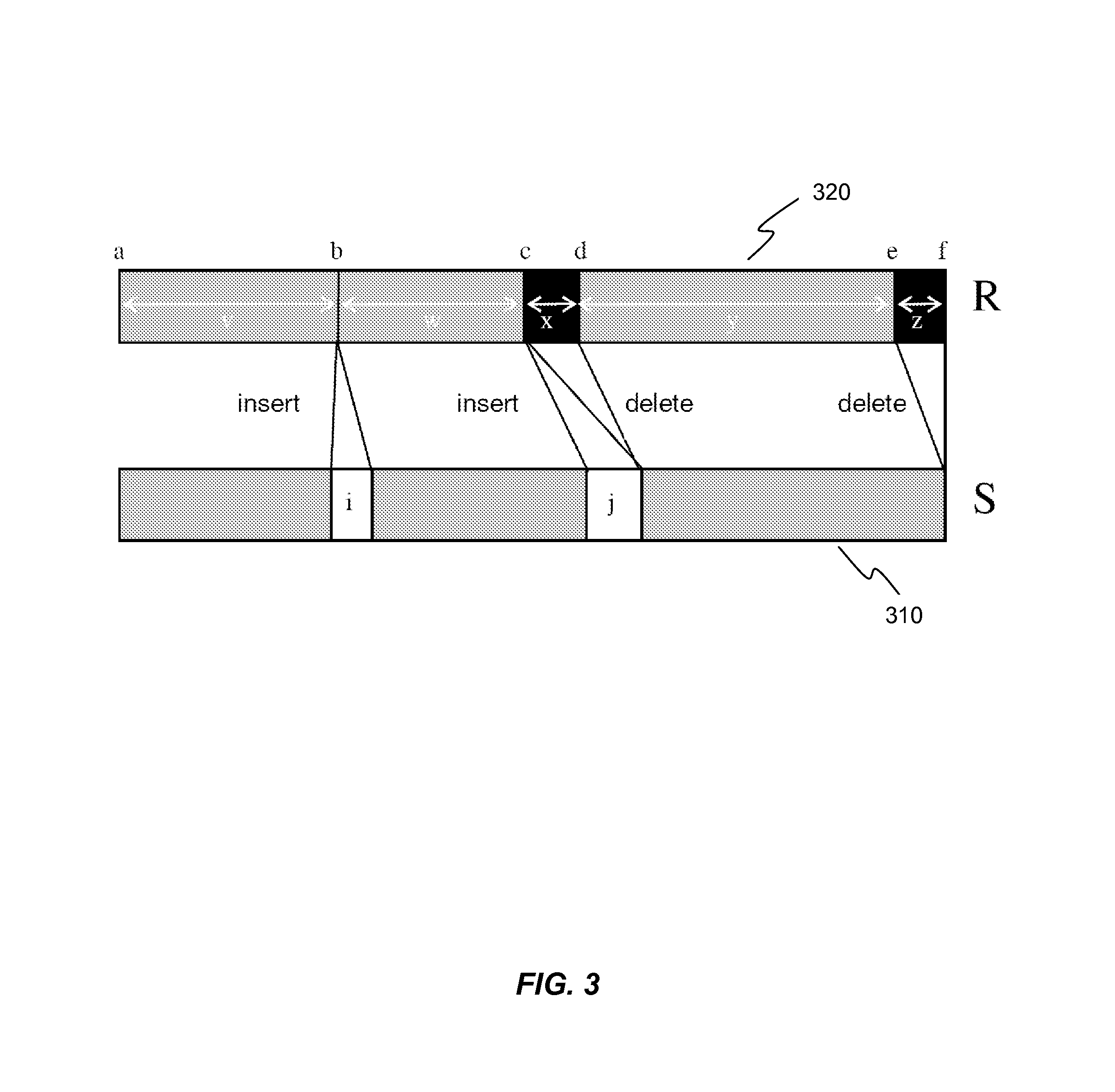Methods and systems for compressing and comparing genomic data
a genomic data and compression technology, applied in the field of genomic data compression methods and systems, can solve the problems of data storage problems, problems such as the inability to meet the inability to bring the cost more in line with the cost of a clinical test,
- Summary
- Abstract
- Description
- Claims
- Application Information
AI Technical Summary
Benefits of technology
Problems solved by technology
Method used
Image
Examples
first operational example
[0099]FIG. 19 shows a modular structure of an exemplary software program for populating a database and testing storage performance consistent with an embodiment of the present invention. For example, the program may be written in object-oriented language such as Perl. An object oriented design may be used, for example, to maximize reusability of the code. The design may also accommodate likely alterations to the architecture such as changing the delta extraction algorithm or the database management system. A database may be populated with approximately 300 segments each differing from the chromosome 22 reference sequence by 0.1%. The 0.1% divergence level may be chosen because this may be what is generally reported to be the average difference between two genomes chosen at random from the population. The measurement of database compression performance may be a literal measurement of bytes required on disk for example. However, the following equation may help with overall understandi...
second operational example
[0108]A test may be performed to evaluate the performance of querying the database for an exact match between two sequences, versus comparing the same two sequences in a database of common use (GenBank for example), and versus comparing two flat files (also of the fully specified sequences). In order to perform the tests, a series of programs may be written and optimized, for maximum performance. The tests were run on a 2.4 GHz Pentium 4 Workstation, 1 GB of RAM running a recent version (2.6) of the Linux Operating system. Perl was used as the programming language of choice, being widely accepted and used in the biocomputing community. The C Language was later used to further explore the performance of the system and evaluate the amount of overhead added by the Perl interpreter and libraries.
[0109]Comparison in the database was performed by aligning and matching insert and copy operations of the edit scripts of the two sequences. Insert operations point to an entry in the add_string...
PUM
 Login to View More
Login to View More Abstract
Description
Claims
Application Information
 Login to View More
Login to View More - R&D
- Intellectual Property
- Life Sciences
- Materials
- Tech Scout
- Unparalleled Data Quality
- Higher Quality Content
- 60% Fewer Hallucinations
Browse by: Latest US Patents, China's latest patents, Technical Efficacy Thesaurus, Application Domain, Technology Topic, Popular Technical Reports.
© 2025 PatSnap. All rights reserved.Legal|Privacy policy|Modern Slavery Act Transparency Statement|Sitemap|About US| Contact US: help@patsnap.com



